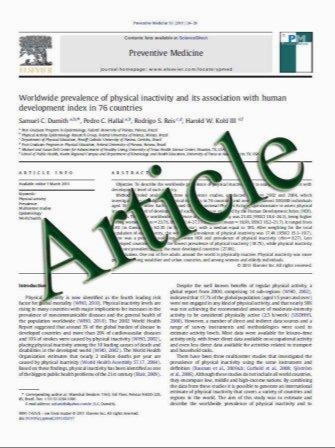DNA Transposons: Nature and Applications in Genomics
- نوع فایل : کتاب
- زبان : انگلیسی
- مؤلف : Martیn Muٌoz-Lَpez* and José L. Garcیa-Pérez*
- چاپ و سال / کشور: 2010
Description
Repeated DNA makes up a large fraction of a typical mammalian genome, and some repetitive elements are able to move within the genome (transposons and retrotransposons). DNA transposons move from one genomic location to another by a cut-and-paste mechanism. They are powerful forces of genetic change and have played a significant role in the evolution of many genomes. As genetic tools, DNA transposons can be used to introduce a piece of foreign DNA into a genome. Indeed, they have been used for transgenesis and insertional mutagenesis in different organisms, since these elements are not generally dependent on host factors to mediate their mobility. Thus, DNA transposons are useful tools to analyze the regulatory genome, study embryonic development, identify genes and pathways implicated in disease or pathogenesis of pathogens, and even contribute to gene therapy. In this review, we will describe the nature of these elements and discuss recent advances in this field of research, as well as our evolving knowledge of the DNA transposons most widely used in these studies.
Current Genomics, 2010, 11, 115-128 Received on: September 13, 2009 - Revised on: November 18, 2009 - Accepted on: December 01, 2009


